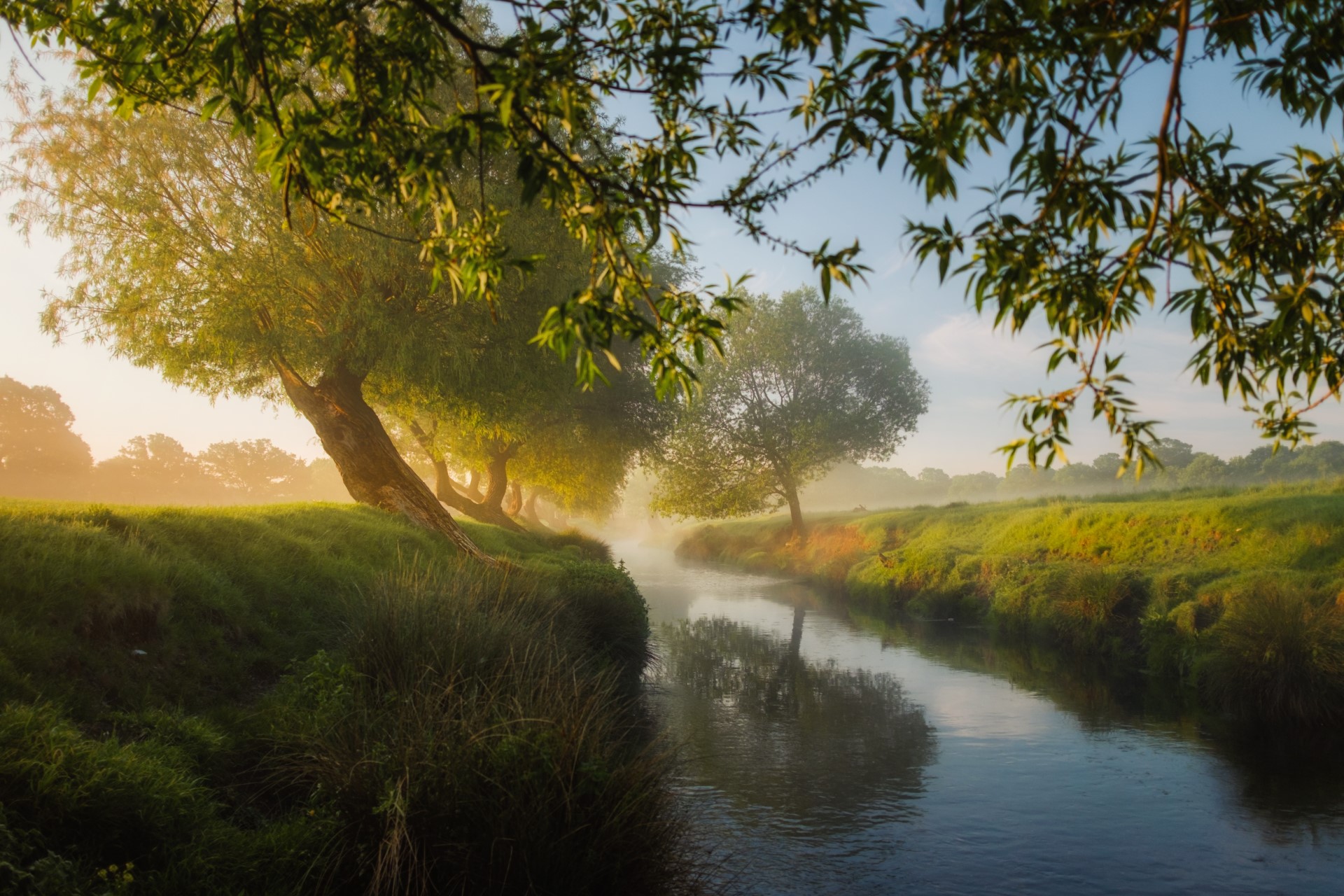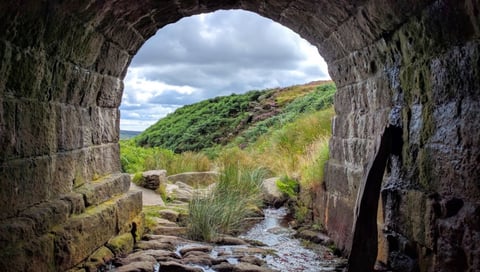
Stormwater management is a pressing need in today’s built environments, but it’s important to choose the right one for maximum effect. Here’s how to get started.
We’re just going to come right out and say it: stormwater sucks.
In an unmanaged urban context, at least, it can prove very damaging indeed.
“Increasing development and urbanization of our lands has led to changes in the natural environment that include increases in flooding, degradation of water quality, erosion, and sedimentation of our waterways,” says the University of Virginia’s Facilities Management Department.
Why is this happening? Because our heavily paved-over cities have cut off many of the avenues from sky to water table. Time was, when it rained or snowed, that water found its way to the closest stream or river pretty quickly, or else filtered through soil and other organic substances and joined the aquifer (the saturated area beneath the water table).
Now, that’s no longer possible in urban areas – or at least far more difficult.
Instead, water sheets off city surfaces – brick, stone, cement, asphalt – and eventually into waterways, but only after eroding the environment, spreading disease from sewers, and picking up massive chemicals loads from dirty city surfaces.
Good times.
Kidding. Terrible times. That’s where a good stormwater management system comes in.
What Types of Stormwater Management Systems Exist?
 The goal of any stormwater management system is to detain and retain runoff from rain and snow. In other words, hold onto it for a while or hold onto it permanently.
The goal of any stormwater management system is to detain and retain runoff from rain and snow. In other words, hold onto it for a while or hold onto it permanently.
To be more specific, “for a while” means anything from minutes to hours after a rain event, hopefully avoiding peak runoff times. “Permanently” means to keep water on site until it evaporates or filters into the water table from that site.
Possible detention and retention infrastructure includes:
- Rainwater collection systems
- Pervious or permeable pavement
- Green roofs
- Vegetative swales
- Irrigation of gardens and green spaces
- Retention ponds
Naturally, this doesn’t encompass every possible stormwater management system, but these options can meet the needs of most buildings and urban/suburban areas, both commercial and residential.
It’s also important to note what doesn’t work. While cement culverts, dykes and stream enlargements are a popular approach, they’re not the right call, says the Committee on Reducing Stormwater Discharge Contributions to Water Pollution:
“While hardening and enlarging natural channels is a cost-effective solution to erosion and flooding, the modified channel increases downstream peak flows and it does not provide habitat to support a healthy ecosystem.”
What’s the Right Stormwater Management System for You?
 Not every stormwater management system is appropriate for every situation, obviously. A retention pond is a seriously bad idea on a green roof, whereas a green roof won’t work for a large, flat surface like a parking lot.
Not every stormwater management system is appropriate for every situation, obviously. A retention pond is a seriously bad idea on a green roof, whereas a green roof won’t work for a large, flat surface like a parking lot.
There is no one-size-fits-all solution, in other words. Instead, it’s important to speak to a professional about your potential stormwater management options. One or the above is likely to work for you, but you might not know which one until you discuss it.
Good news: We are always here to discuss stormwater and GI. It’s, like, our thing. So please give us a call today!

